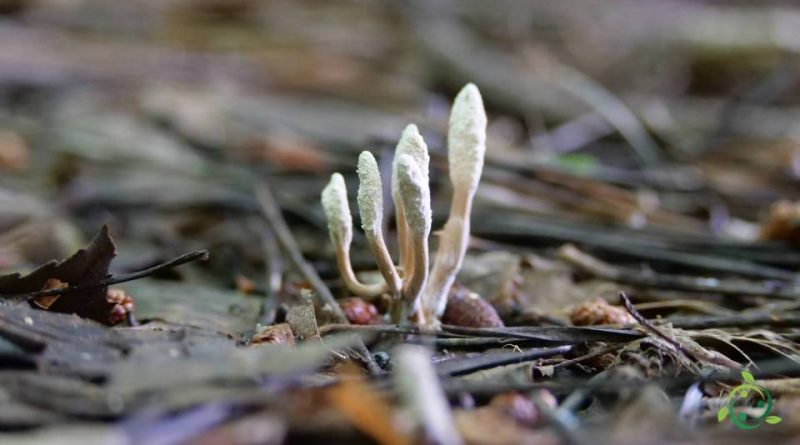Laboratory cultivation of Cordyceps sinensis
Laboratory cultivation of Cordyceps sinensis
Cordyceps sinensis (Cordyceps sinensis (Berk.) Sacc. 1878) or (Ophiocordyceps sinensis (Berk.) G.H.Sung, J.M.Sung, Hywel-Jones & Spatafora, 2007) is a medicinal mushroom with enormous potential, native to the Himalayas where it grows to heights of over 3000 (even between 4000 and 5000 meters above sea level) and has been used in China for medicinal purposes for about two thousand years.
The wild form of this mushroom is very rare and its price is very high. Its enormous value has attracted, in the growing areas, a real “race for Cordyceps” which has made this mushroom an endangered species.
Furthermore, since the natural growth of this mushroom is limited to a small area in the mountains of Tibet and Nepal, its price on the world market has always been among the highest among medicinal raw materials.
In Europe, the import of Cordyceps is also prohibited, but fortunately today it is possible to cultivate this medicinal mushroom in greenhouses, allowing the use of this remedy all over the world.
Fortunately, a way has been found to cultivate Cordyceps in the laboratory in controlled cultures, thus reducing costs and allowing the use of this remedy all over the world.
Today, excellent cultivation techniques have been developed, so its use has also spread to the West in the form of health supplements.
Recent studies have made it possible to create organic cultivation methods for Cordyceps that allow the natural growth conditions to be restored in the laboratory, in order to maintain the characteristics and properties that make it so effective.
Its cultivation has long been experimented in the laboratory starting from the consideration that this slow-growing mushroom needs a relatively low temperature, i.e. below 21 ° C. Temperature requirements and growth rates are crucial factors that distinguish C. sinensis from other similar fungi. Among the causes of the decrease in nature of this fungus, as well as that of over-exploitation, it is suspected that climate change negatively affects the species that grow in their natural habitats.
Among other things, chemical tests carried out by some laboratories have revealed that the Cordyceps produced contains a concentration of nucleotides up to 4 times higher and a concentration 5 times higher of all the active ingredients of the wild species collected.

